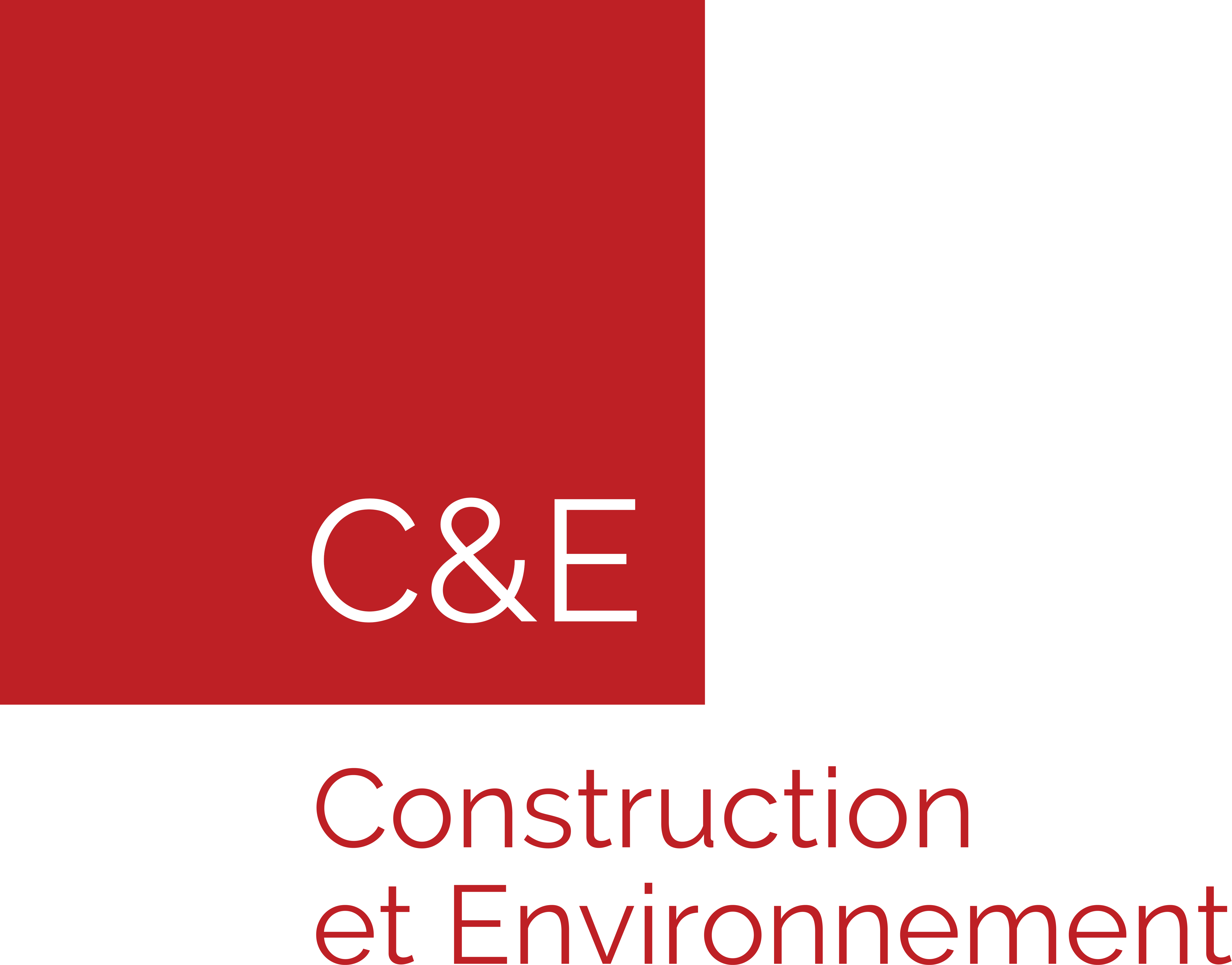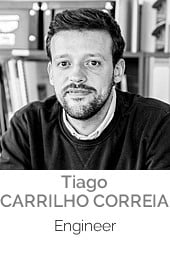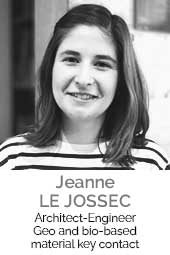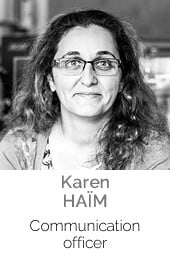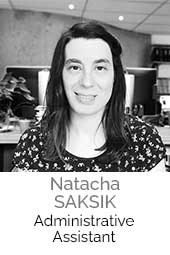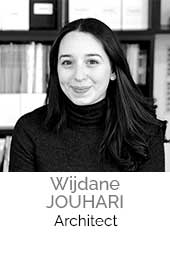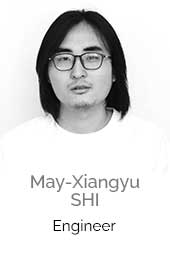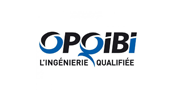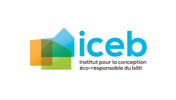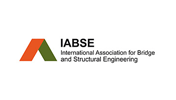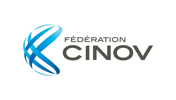The Agency
A multi-disciplinary team
C&E is an engineering and architecture firm with a multidisciplinary team of architects and engineers based in Paris and Shanghai. The company currently employs around 30 people and has a dozen partners. C&E A+I handles some fifty projects every year, in the fields of housing and facilities, footbridges, earthquake reinforcement, Ultra High Performance Fiber Concrete engineering, temporary or artistic installations, reuse and bio-sourced materials
Architecture and engineering
Sustainable construction and the transformation of urban infrastructures and buildings play an essential role in society's quest to reduce the ecological footprint of construction and overall societal sustainability. Design choices, including strategies for reducing, reusing or recycling materials in the design and planning processes, have a major impact on overall project design strategies.
Success in this field requires in-depth knowledge of design, technological solutions and construction processes. At C&E Architecture and Engineering, we are curious and open to developments in our field, ready to take on new subjects, ready to question our certainties and critically re-examine our know-how.
Jean-Marc Weill
Architect Engineer - Director
Areas of intervention
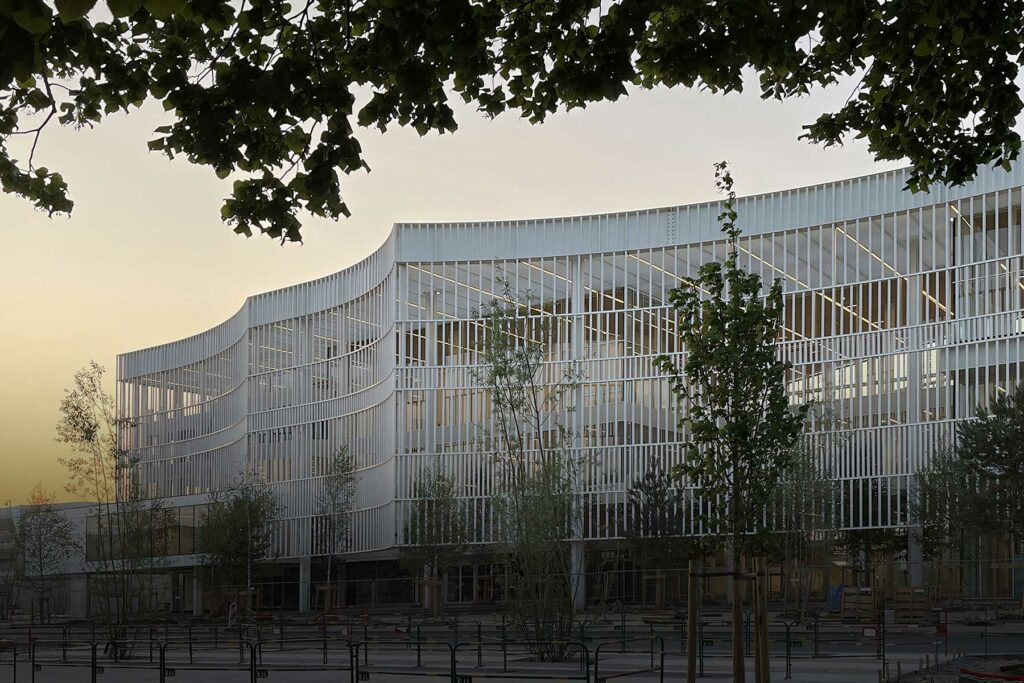
Housing and equipment
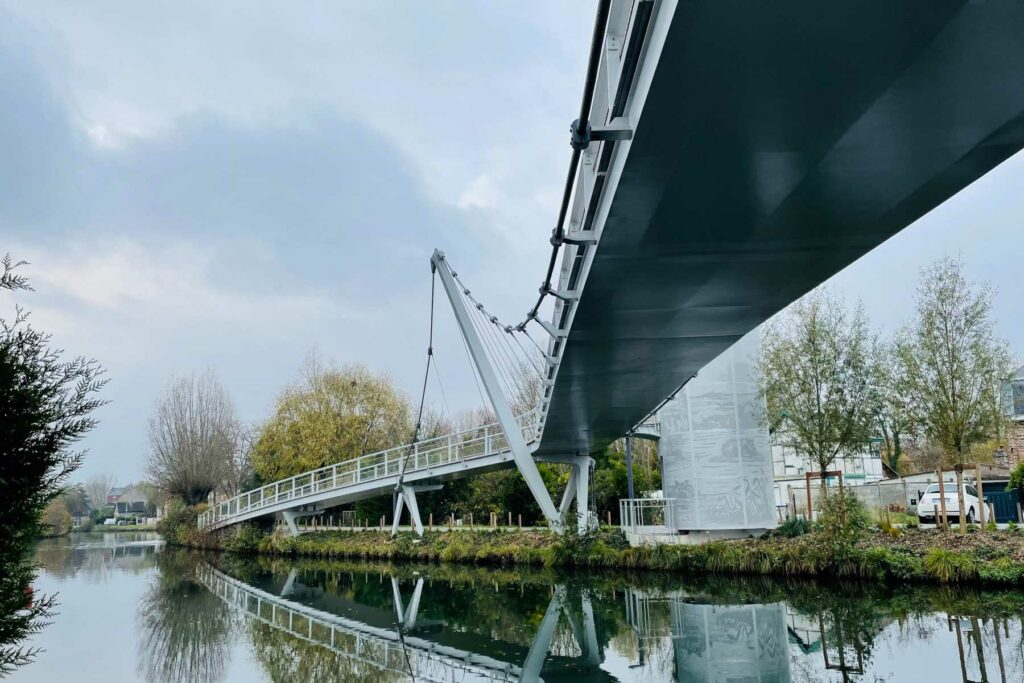
Crossings
The design of a bridge or a footbridge has its origins in a fundamental architectural act: lifting a weight. There is no architecture without weightlessness. The geometry and static layout of the crossing are an expression of weightlessness. But this is not the only objective of the crossing. It's also about being able to contain a large space, the landscape that surrounds the project.

Ultra high performance concrete
Ultra-high-performance fiber-reinforced concrete (UHPC) is a new family of materials. They offer exceptional mechanical properties, durability, abrasion resistance, resistance to chemical aggression and weathering (freeze-thaw, sea water, etc.).
Over the past twenty years or so, C&E has acquired a wealth of experience in France and abroad. This development led to the creation of C&E Ingénierie Shanghai, headed by engineer Yanni Zhao.
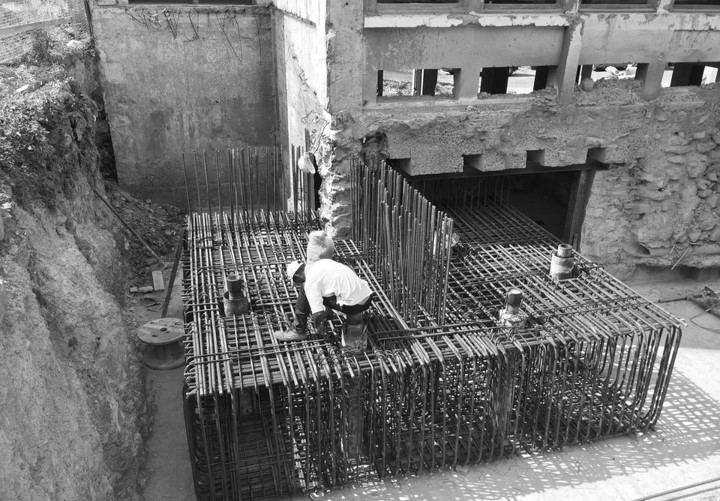
Seismic reinforcements
Many buildings have been constructed without taking seismic risk into account. In most cases, these are older buildings or were built before the existence of a body of recommendations. Such buildings can be extremely vulnerable to earthquakes. In these conditions, it is clear that the examination of the conditions that "aggravate" vulnerability must be accompanied by proposals for work to improve structural vulnerability. The aim of our work, carried out in collaboration with Professor Victor Davidovici, Honorary President of the AFPS, is to develop a generic approach aimed at improving methods for analyzing the vulnerability of fragile constructions and possible strengthening methods.
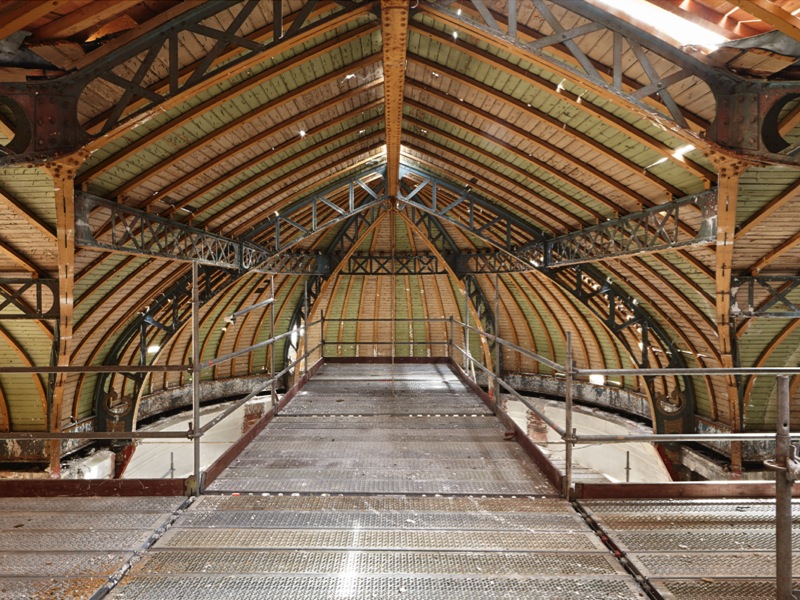
Projects on existing buildings
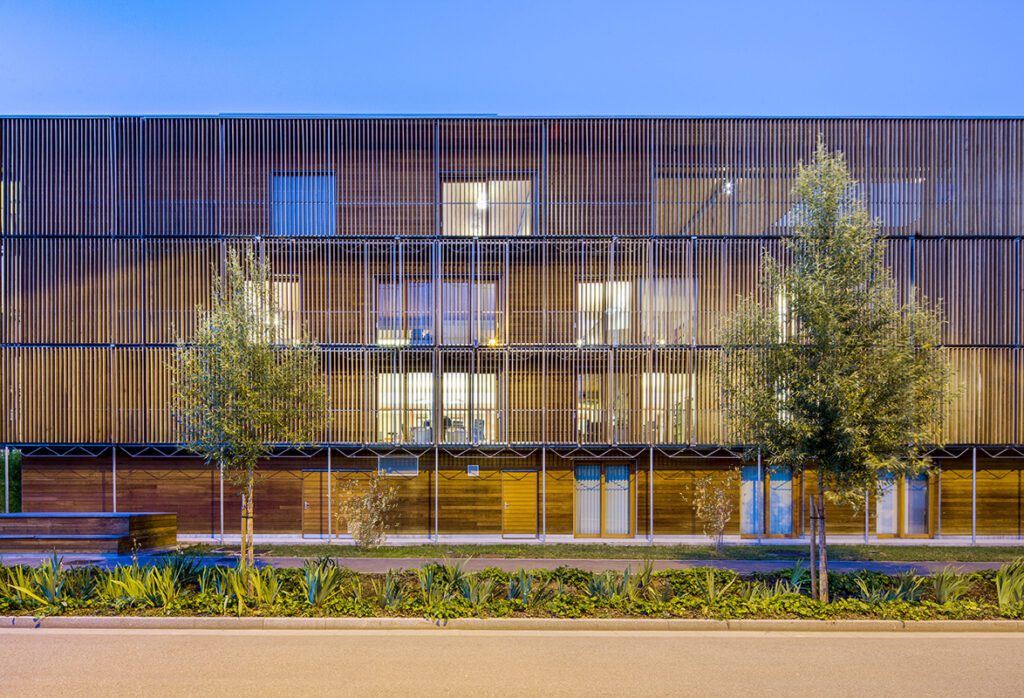
Hybrid structural system
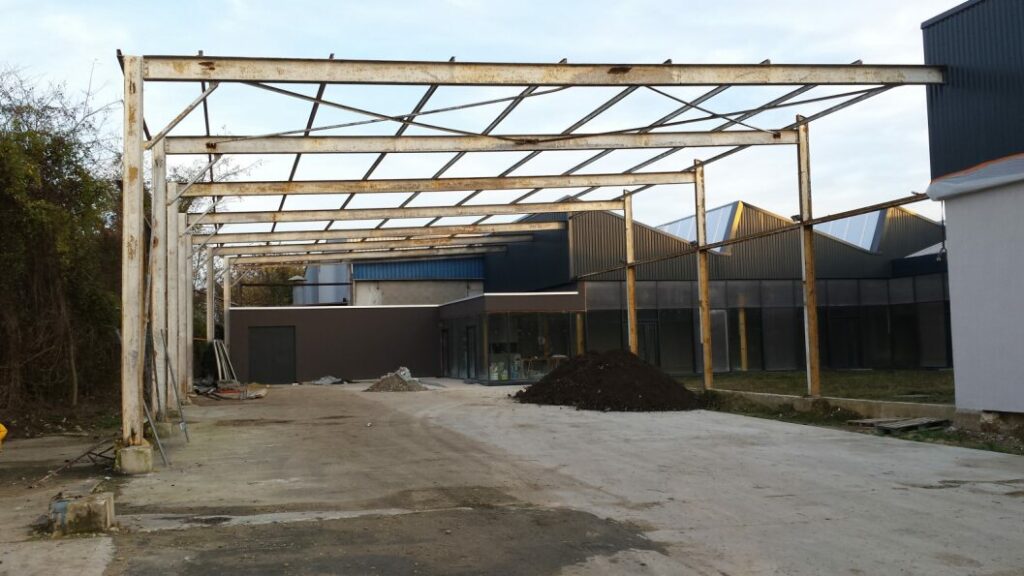
Matériaux géo et biosourcés - Réemploi
Les matériaux géo et biosourcés ainsi que ceux issus du réemploi nous obligent à ré interroger les questions de durabilité, de maintenance et apprendre comment associer qualité et fragilité relative, performance et limite d’utilisation raisonnable. Ils réinterrogent aussi la responsabilité de l’ensemble des acteurs de l’acte de construire et demande une connaissance encore plus précise du cadre réglementaire général afin de comprendre comment les mettre en œuvre.

Temporary and artistic installation

Glass roof and envelopes

Research & Development
Assignment
R&D
Drafting of ATEx (Appréciation Technique d'Expérimentation), building site notices or participation in building system development programs.
Diagnosis
A study that assesses the vulnerability of the structure of an existing building and its potential.
Feasibility study
Study designed to verify the technical and economic feasibility of a project's structure and enclosure.
Structural Engineering Project scope of work
Design of a structural engineering project.
Façade engineering project scope of work
Design of an envelope engineering project that can include the rehabilitation of existing facades and the analysis of hygroscopic exchanges.
Engineering and Architecture scope of work
Design of an integrated engineering and architecture project. Implementation of a global, cross-functional approach.
Working drawing scope of work
Drawing up, on behalf of the construction company, the documents needed to complete the work
Projects location
Today, we are active both in France and abroad. We work or have worked in the Americas (North America, Canada, Martinique and Haiti), Europe (Switzerland and the UK), Africa (Algeria, Gabon, Qatar, Morocco and Tunisia), Asia (China) and the Southern Hemisphere (Mayotte and Australia).

Professional agreement
Professional qualifications have been obtained from the construction industry qualification body OPQIBI (Organisme Professionnel de Qualification de l’Ingénierie Bâtiment Industrie). OPQIBI qualification certificates are officially recognised in the French Public Works Code as proof of the candidates’ abilities (article 45).
OPQIBI qualification No.: 00121448
The team
Office locations
Paris
C&E Architecture et Ingénierie
27, rue de l’Ambroisie
F-75012 Paris
Structure @ceingenierie.fr
T : +33 (0) 44 75 48 51
Shanghai
C&E Engineering Shanghai
406 F04 N°121 Lane 1520, Huashan Rd
Changning District, Shanghai CN
Zhao @ceingenierie.fr
T : +86 13817927429
Since 2003
Arthur ALLARD, Ingénieur • Joanna BARREIRO, Architecte • Ammon BAYERLE, Architecte • Mathilde BELLEC, Architecte • Christophe BERTHAUT, Architecte • Olivier BETTING, Ingénieur • Élise BON, Architecte-Ingénieure • Johanna CARRIÈRE, Assistante • Matthias CARRIÈRE, Architecte-Ingénieur • Christophe CHICHE, Ingénieur • Michelle CLAUDÉ, Dessinatrice Projeteuse • Jean-Louis CLÉMENT, Ingénieur • Dominique CORVEZ, Architecte-Ingénieur • Louise DE BONET D’OLÉON, Architecte-Ingénieure • Lamia DZANOUNI, Assistante • Raphaël FABBRI, Architecte-Ingénieur • Tiffany GAHIÉ, Assistante • Brieuc GRAILLOT-DENAIX, Architecte-Ingénieur • Joachim GUILLAUME, Architecte • Yulia IMAMUTDINOVA, Architecte • Léa INGOLD-PRADEL, Architecte • Rafael JASNIAK, Architecte-Ingénieur • Matthieu JÉGU, Assistant • Mathilde LACAZE, Architecte • Elsa LAROCHE, Architecte • Claire LEROY, Architecte-Ingénieure • Simon LODS, Architecte-Ingénieur • Jonathan MARTINS, Assistant • Marie MAZEAU, Architecte-Ingénieure • Elsa-Sarah MEININGER, Assistante • Momchil MIHAYLOV, Architecte • Samuel NAGEOTTE, Architecte-Ingénieur • Nastassia NASSER, Architecte • Or NEUBERG, Ingénieur • Alexandre NOCETO, Architecte • Alba NZAME EYOGO, Architecte • Jérémy POUCIN, Architecte-Ingénieur • Marie PRUD’HOMME, Ingénieure stagiaire • Hélène RAVANT, Assistante • Guillaume RANCHIN, Architecte-Ingénieur • Gisèle ROBERT, Assistante • Albin ROUSSEAU, Architecte-Ingénieur • Xavier SANCHEZ-INCERA, Ingénieur • Claire SCHRAEN, Architecte-Ingénieure • François SEIGNOL, Architecte • Yuning SONG, Architecte • Marie STÉPHAN, Architecte-Ingénieure • Marino TOSI, Ingénieur • Karell VERTET, Architecte-Ingénieure
Consultants to improve design development
Henry BARDSLEY, Ingénieur Conseil (FR) • Cédric BODEREAU, Plans B (FR) • Victor DAVIDOVICI, Ingénieur Dynamique Concept (FR) • Daniel PEARL, l’Oeuf (CA) • Jérôme PETITGUYOT, Ingénieur AMO Bois, Athlance (FR) • Georg PIRCHER, Ingénieur Sofistik (DE) • Sébastien ROMIEUX, Directeur Technique Géotechnique Sol Conseil Groupe Vertical-Sea (FR) • Guilain ROVARINO, Ingénieur SC Structures (FR) • Robert Jan VAN SANTEN, Architecte VS-A (FR, CN) • Wolfgang WINTER, Ingénieur Consultant Bois ITI (AT)
